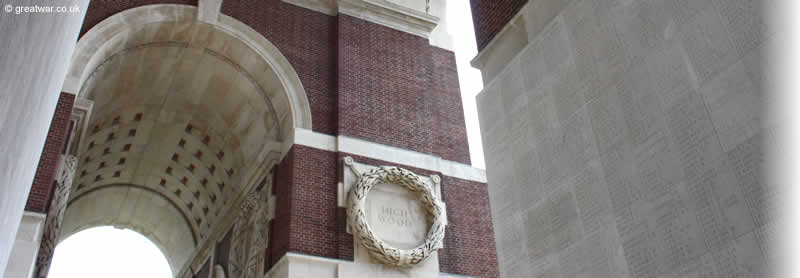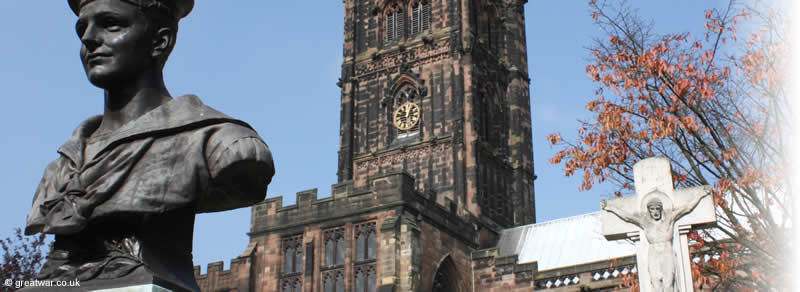WW1 Monuments and Memorials
The Great War of 1914-1918 was so terrible and inflicted such large numbers of casualties on all sides that when it was over it was believed by many to be “The War to end All Wars”. By the end of four years of fighting from August 1914 to November 1918 many thousands of families around the world were affected by the tragedy of the wounding or loss of one of their own. Communities were depleted of many of their young men. Villages and towns in the regions where battles had raged were badly damaged or almost completely destroyed. Some villages on the battlefield areas of The Western Front in France simply disappeared.
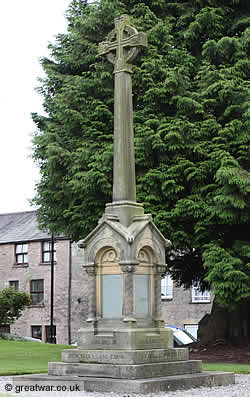
|
Preserving the memory of the people involved in the fighting, those people who were forever to be scarred by their involvement in the First World War, and the places ravaged by the war, was at the heart of a desire in the 1920s to find a way to mark their participation in such a large-scale, world-changing event.
Memorials to the First World War are many and varied. Official and private memorials are to be found on the battlefields of the various theatres of that war and in the home nation of those who served from the many countries which were involved in it.
Added to these more formalized memorial sites there were all sorts of ideas put forward for commemorating the war and the people who fought in it, which resulted in a wide variety of memorials. There were official tokens of Remembrance in the form of memorial plaques issued to relatives of the fallen and commemorative “Peace” medals. Charitable care for ex-Servicemen was begun under the auspices of the Flanders Fields Memorial Poppy, internationally recognized these days as a symbol of Remembrance with its roots in the tragedy of the First World War. Memorial rolls of honour were put up in factories, sports clubs, railway stations, schools, universities and so on. Church windows were designed and dedicated to military units or individuals. Memorial buildings were constructed to provide “living memorials”, for example, as community centres, places for rehabilitation or worship.
Memorials on The Western Front Battlefields
On the old battlefields of the Western Front official national memorials were erected by the Allied nations during the 1920s and 1930s to commemorate the large numbers of lives lost.
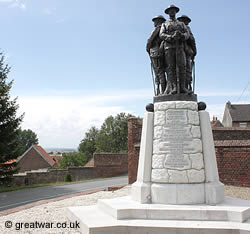
|
Ex-Service organizations also placed memorials on the battlefields dedicated to military units such as divisions, regiments and battalions.
Some individuals were remembered by families or groups who could afford to raise enough money to place a stone as a memorial to a particular person.
Immediately after the war some of the relics of the fighting and memorials on the battlefields were deliberately left in situ as a memorial to the events that had taken place there. In most cases it was the nations on the side of the Allied victory which were in a easier position to demonstrate publicly their desire for remembrance by leaving their memorials on the battlefields. Some of these original such memorials have been stolen, damaged or or removed since 1918. Some have been replaced in recent times with a replica or modern version of that memorial.
Memorials on the Western Front Battlefields
WW1 Local War Memorials, Rolls of Honour & Memorial Plaques
Such was the nature of this war that towns and villages in many parts of the world were directly affected by the loss of servicemen and women who would not return from their military service in the various theatres of war of the First World War.
War Memorials in the United Kingdom
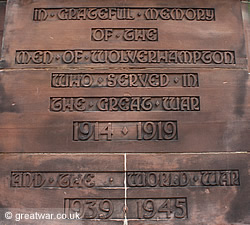
|
The war memorial to the lost men of 1914-1918 is a familiar landmark in many villages and towns. Rolls of Honour in various forms of plaques or books are often to be seen in public places, company offices, factories, sports clubs, schools, colleges and so forth.
WW1 Memorials in the United Kingdom
British & Commonwealth Next of Kin Memorial Plaque
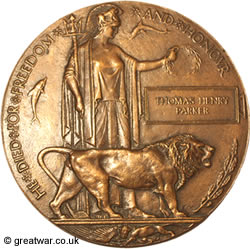
|
A competition for the design of a bronze plaque resulted in the issue of a memorial plaque and commemorative scroll to the next of kin of all British and Commonwealth servicemen and women whose death was attributable to the First World War.
Next of Kin Memorial Plaque and Scroll
Related Topics
Tracing World War 1 Family History
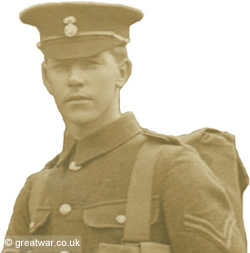
|
For information about how and where to find records for research into family history see our section of pages at:
Tracing World War 1 Family History
Records for WW1 War Graves
Find out how you can trace the location of a war grave or the commemorative memorial for a casualty who died in the First World War:
Records for the War Dead of WW1
War Memorials Archive
A project to collect the details of all war memorials and those commemorated on them across the United Kingdom is being managed by the War Memorials Archive (formerly named the United Kingdom Inventory of War Memorials UKNIWM). The database of names is not currently available as it is being compiled as a searchable database, but details of the war memorials gathered to date are available to search. See our information page about the War Memorials Archive at War Memorials Archive (UKNIWM)

